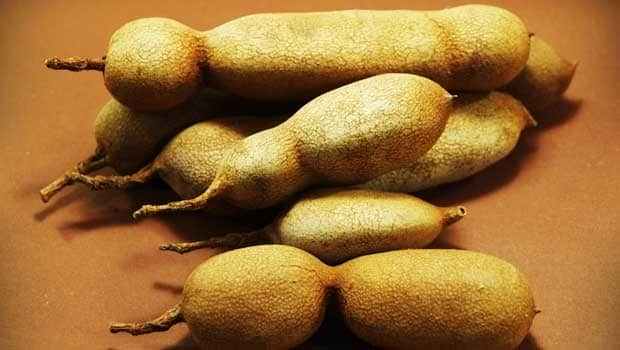KANGAR: For the enterprising folks in the northern states of the peninsula, the hot dry season is an opportunity to reap benefits as this is the time when tamarind fruits will mature and are ready to be harvested while other fruit trees are just beginning to bloom.
While surveying around Kampung Baru Syed Omar here, two women were seen gathering tamarind fruits which have fallen from a tree in front of their house which according to them, would be used to make tamarind paste.
A private sector employee Rusni Habin, 47, said each year between December and January or when the north easterly winds blow, her family members would spend the evening harvesting and gathering the pod-like fruits to generate extra income.
“This thing we call asam usang is actually seeded tamarind paste which had been dried under the sun for three or four days to be used as seasoning in traditional Malay dishes and they are produced without preservatives,“ she told Bernama recently.
“People always say that the northern states’ dishes are tasty — this is the secret ingredient. Having this traditional javanese tamarind juice in your cooking will whet one’s appetite,“ said Rusni who prepares the paste the old fashioned way with her bare hands.
According to Rusni in Perlis, no meal is complete without air asam, asam pedas or sayur asam dishes which all require tamarind juice as the main ingredient and as such, the paste had always been in high demand among the locals here.
“We practise division of labour. I will peel the fruits while my younger sister, Rusna, 45, will get rid of the seeds, a task which requires more attention.
“The tree was planted by our late mother and preparing tamarind paste had been in the family for the last 20 years each time the harvesting season comes,” she said.
The sisters claim that as the business requires no capital, they could earn about RM1,000 to RM1,500 by selling the processed paste at RM17 per kilogramme.
Meanwhile, housewife Jamilah Yusof, 52, who is a regular customer of the siblings said, with the paste, cooking is made easier and faster as she does not have to sieve the juice to get rid of the seeds or pulps which could affect the flavour of gravies.
“The paste gives dishes a beautiful, but subtle sweet-sour flavour compared to the instant tamarind paste which are sold in shops and I trust that this traditionally prepared paste is so much cleaner,“ she said adding that the juice has several health benefits.
“My family members have been drinking tamarind juice mixed with a little bit of sugar as home remedy for coughs and to eliminate the bitter taste in mouth whenever you have a fever,“ she added. — Bernama










